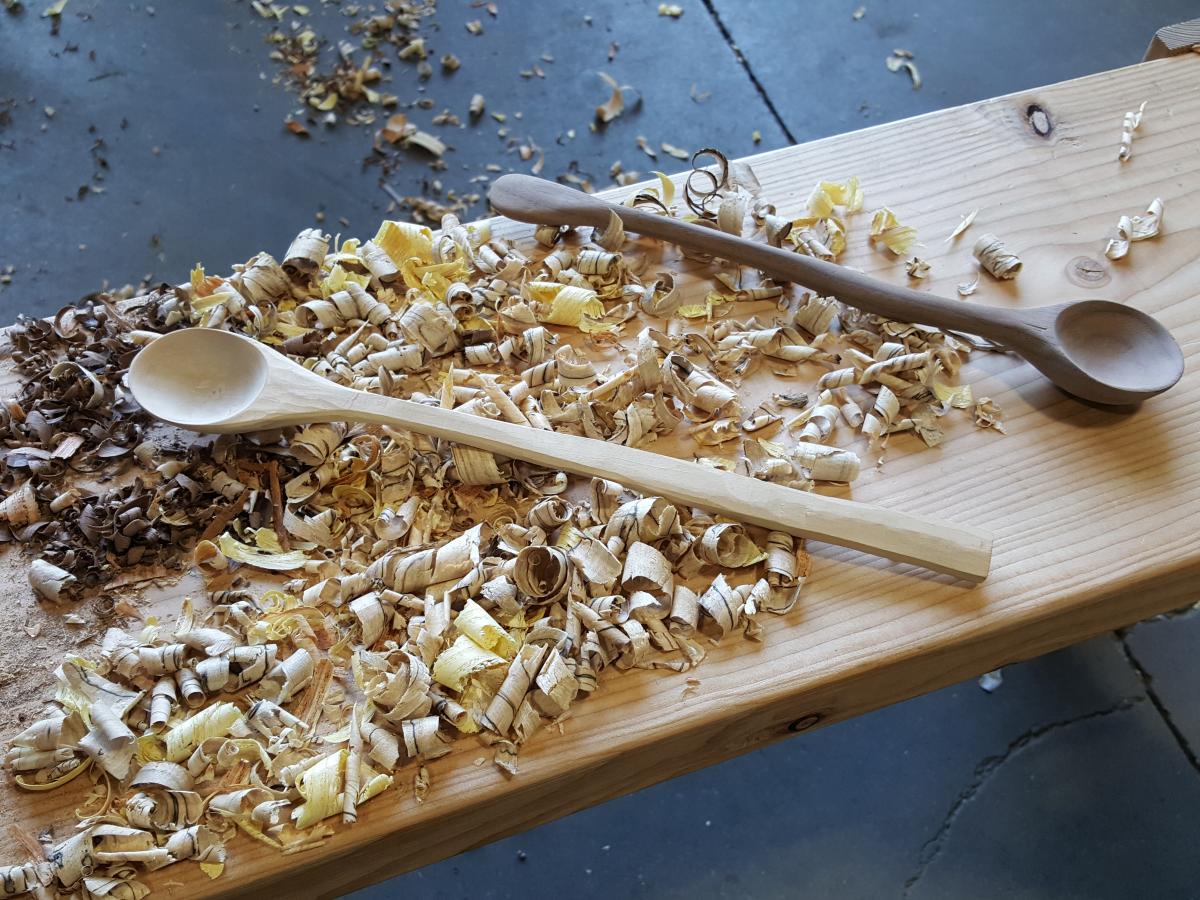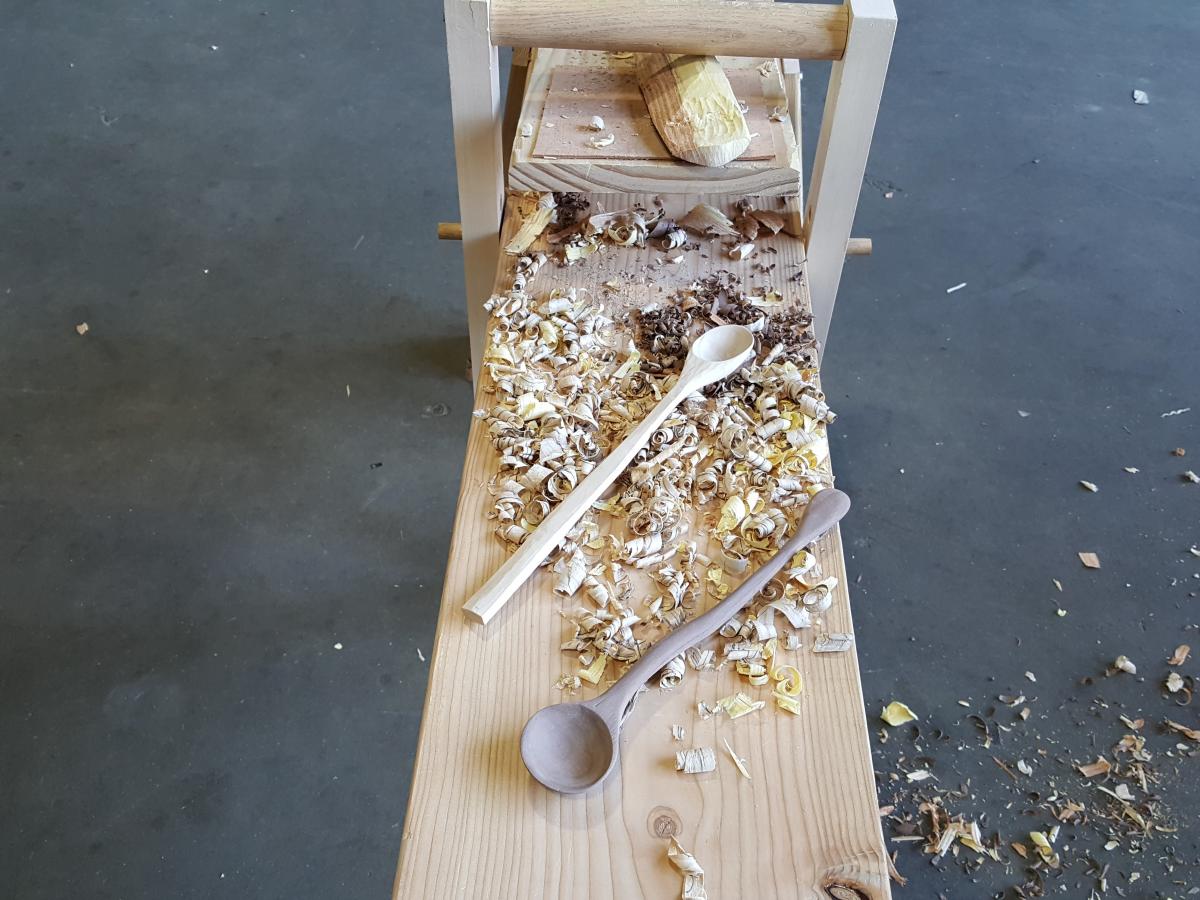|
|
|
 Joel's Blog Joel's Blog |
 Built-It Blog Built-It Blog |
 Video Roundup Video Roundup |
 Classes & Events Classes & Events |
 Work Magazine Work Magazine |
| Newer Entries... | |
 | Empire State Building, Statue of Liberty, Ground Zero --- and Tools for Working Wood? - 08/01/2018 |
 | RIP Jennie Alexander 1930-2018 - 07/18/2018 |
 | Thomas Chippendale, Marketing Genius - 07/11/2018 |
 | What's Old Is New Again - 07/04/2018 |
 | Much Ado About Planing Stops - 06/27/2018 |
 | Woodworkers' Hangout - Hands on With Mitre Planes - 06/06/2018 |
 | My Bench Chisel History - 05/30/2018 |
 | English Paring Chisels - 05/23/2018 |
 | This Old Dog Learns New Tricks - 05/16/2018 |
 | Making Stuff, and Other Human Impulses - 05/02/2018 |
 | Getting Things Done - 04/24/2018 |
 | David R. Russell - Some Thoughts on His Legacy - 04/18/2018 |
 | eBay Fraud - 04/11/2018 |
 | Blog Entry or Filler - You Decide! - 04/05/2018 |
 | Clamp Vs. Clamp - 03/21/2018 |
 | The Seaton Chest Revisited - 03/14/2018 |
 | Cræft by Alexander Langlands - 03/07/2018 |
 | News: much is happening here & OSMO is arriving! - 02/24/2018 |
 | Beautiful Cabinet Shop Space Available for Rent in Gowanus - 02/05/2018 |
 | Safety Last - 01/31/2018 |
| Older Entries... | |
|
Hours: M-F 9:00-5:00, closed Sat,Sun Our Guarantee & Return Policy Shipping and Sales Tax Info Privacy Policy Holiday Calendar |
|
Contact Us:
Email: support@toolsforworkingwood.com Phone: 800-426-4613 or 718-499-5877 Visit Us in Brooklyn: Directions to Our Showroom © 1999-2019 toolsforworkingwood.com Powered by 01 Inc. Coded entirely in NYC |





“Production” has suffered. Several unfinished pieces. But I have rejoiced in the skills I have picked up with expertly sharp chisels and Japanese saws and wood behavior. I’m having fun and not expecting to master anything in any short amount of time.